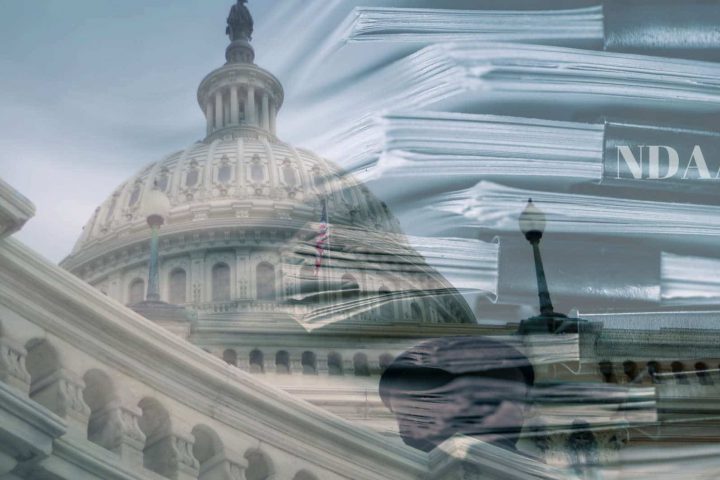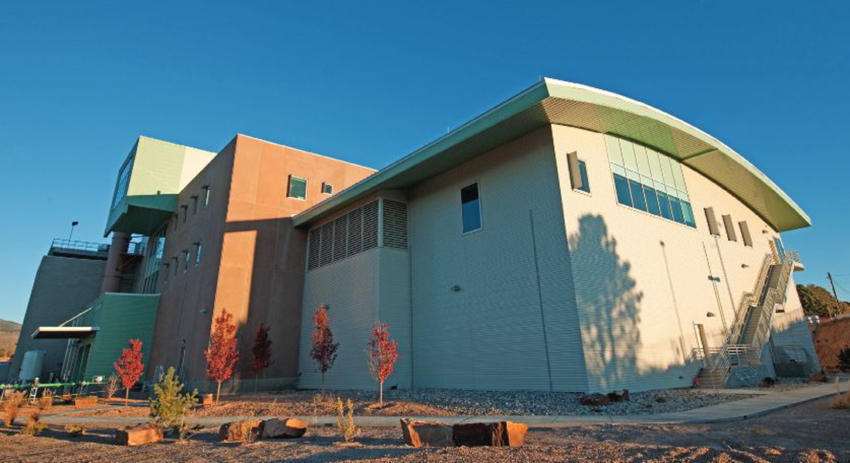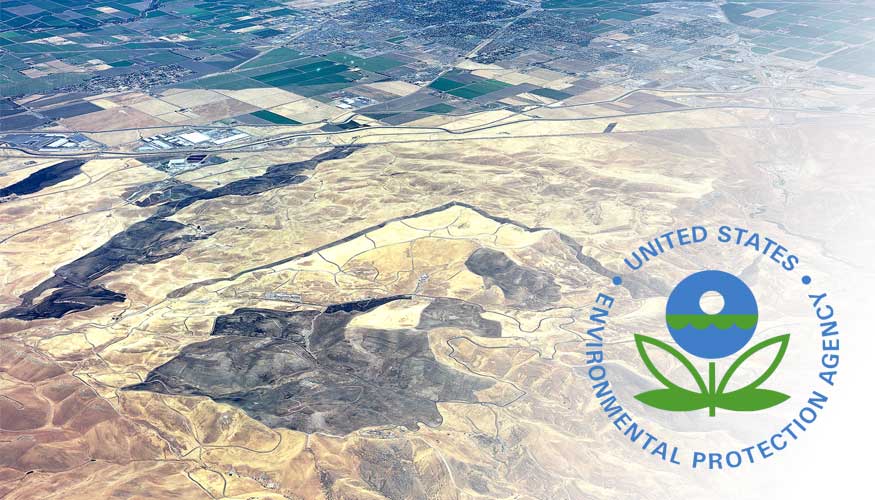An internal Department of Energy (DOE) memorandum eliminates worker and public radiation protection rules known “As Low As Reasonably Achievable” (ALARA). This fundamental departure from decades of accepted health physics practices is being promoted by senior DOE political appointees with little background in health or radiation control. It is marked as “URGENCY: High” under the auspices of the DOE Deputy Secretary, the Under Secretary for Science, and the Administrator of the National Nuclear Security Administration. The memorandum awaits the final signature of DOE Secretary Chris Wright.
The memo’s stated goal is to:
“…remove the ALARA principle from all DOE directives and regulations, including DOE Order 458.1, Radiation Protection of the Public and the Environment, NE [Office of Nuclear Energy] Order 458.1, Radiation Protection of the Public, and, upon completion of the rulemaking process, 10 CFR [Code of Federal Regulations] 835, Occupational Radiation Protection.” [1]
It follows the playbook of the Heritage Foundation’s Project 2025, which called for:
“Set[ting] clear radiation exposure and protection standards by eliminating ALARA (“as low as reasonably achievable”) as a regulatory principle and setting clear standards according to radiological risk and dose rather than arbitrary objectives.” [2]



 Today, in the middle of the growing coronavirus pandemic, the U.S. Department of Energy ignored the real national crisis and irresponsibly shifted its focus to planning for nuclear war, revealing plans to construct a Plutonium Bomb Plant (PBP) at the Savannah River Site (SRS) in South Carolina.
Today, in the middle of the growing coronavirus pandemic, the U.S. Department of Energy ignored the real national crisis and irresponsibly shifted its focus to planning for nuclear war, revealing plans to construct a Plutonium Bomb Plant (PBP) at the Savannah River Site (SRS) in South Carolina.
